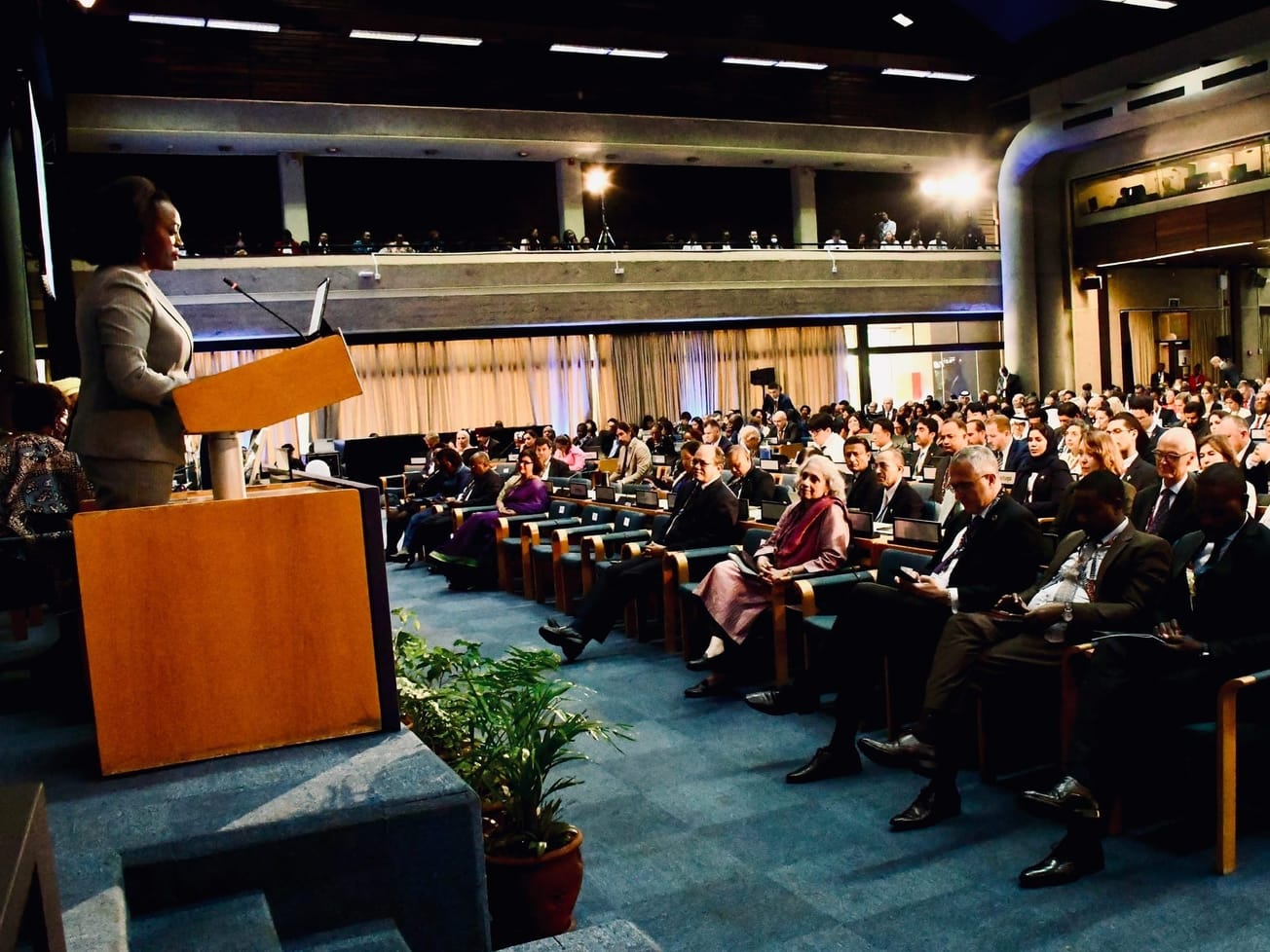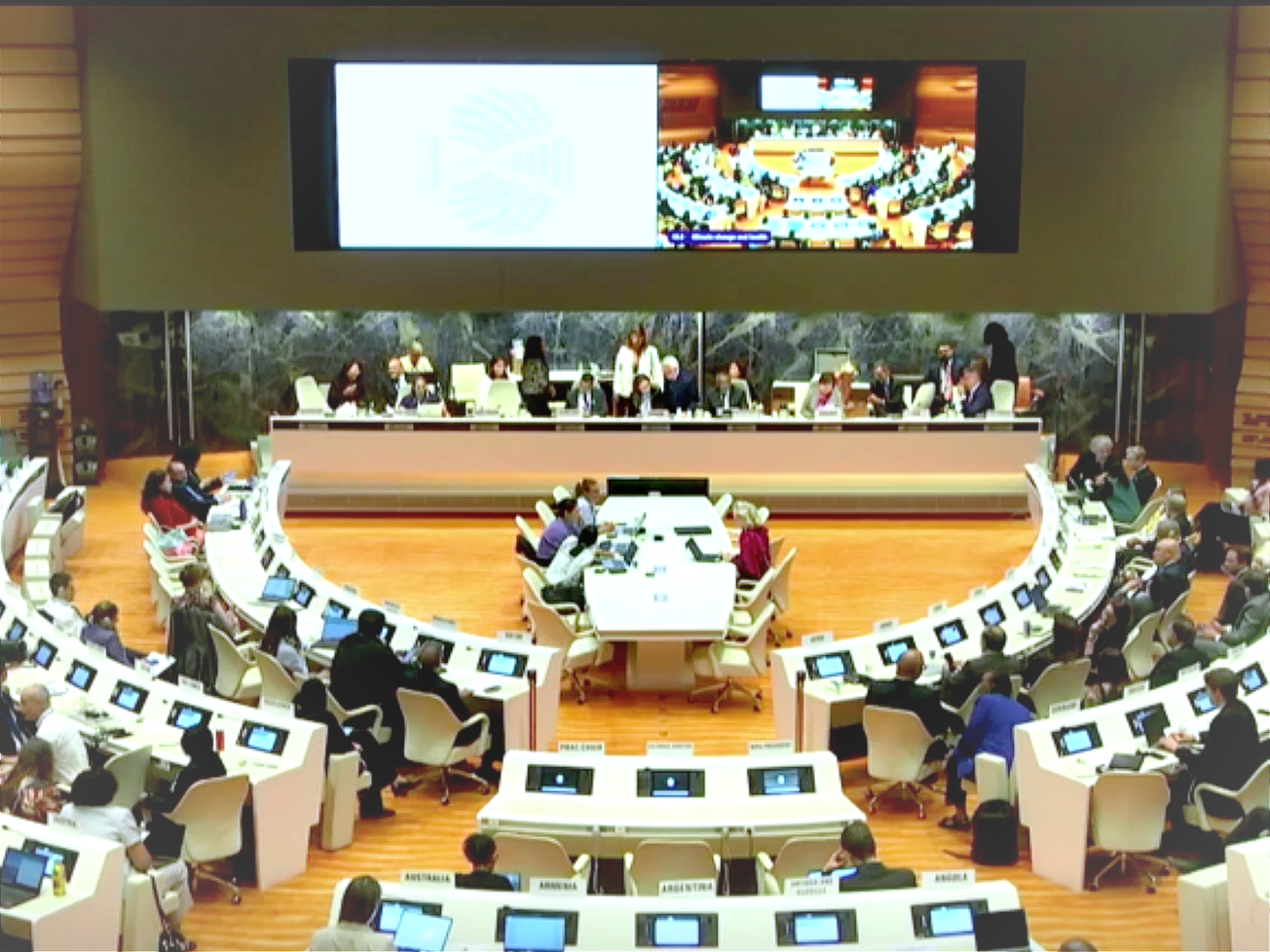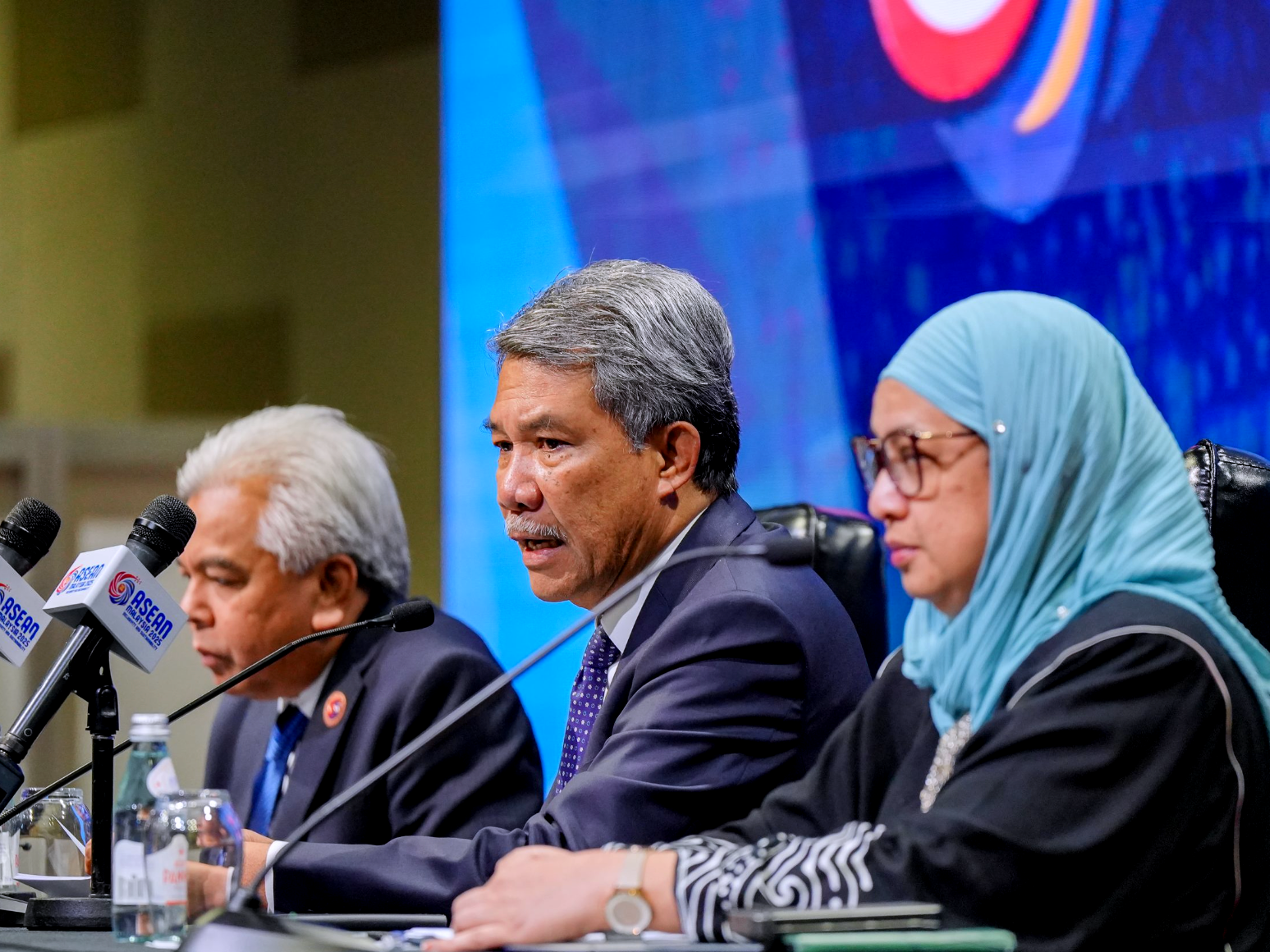NAIROBI (AN) – Concerned about the wars in Gaza, Ukraine and Sudan, environmental ministers and delegates at the sixth session of the United Nations Environment Assembly in Nairobi agreed to support more environmental assistance and recovery in areas affected by armed conflict.
The measure was one of 15 resolutions, two decisions and a ministerial declaration adopted on Friday at the sixth session of the weeklong assembly known as UNEA-6, officials said. Armed conflicts often harm or destroy the environment, making local populations vulnerable to threats like loss of livelihoods, hunger, disease, pollution and lack of clean water.









